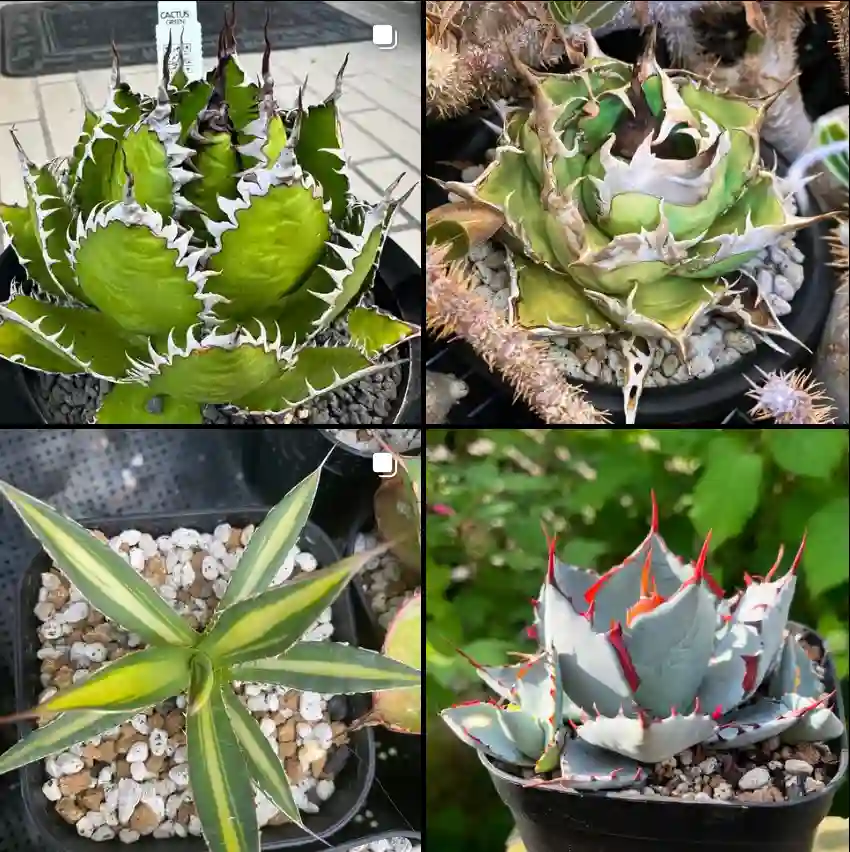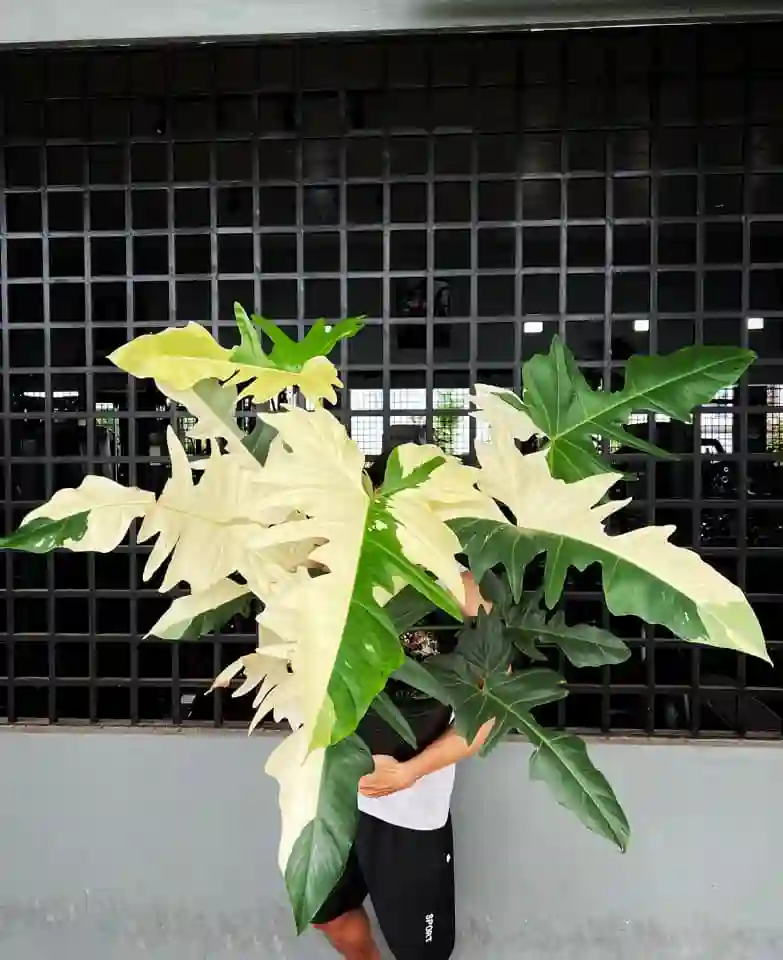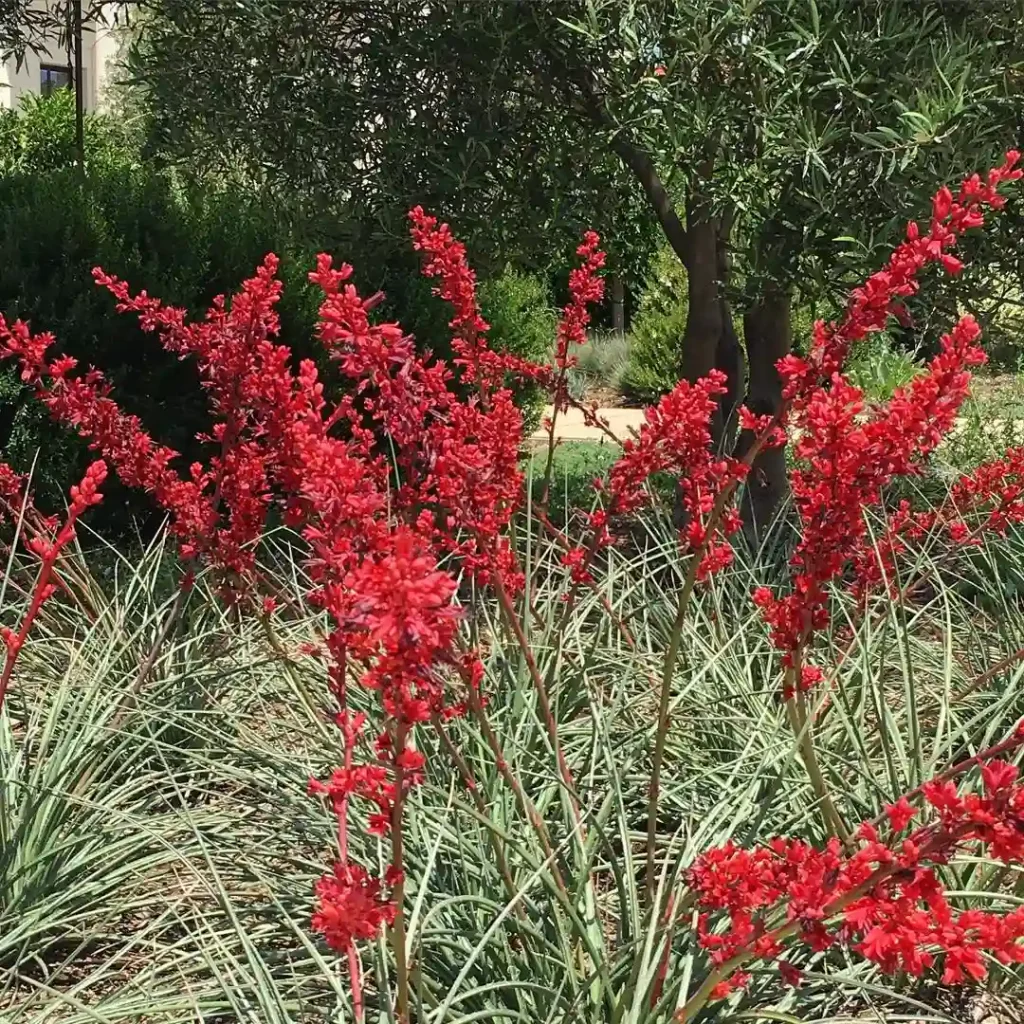FAQs About Bulbophyllum Phalaenopsis
I’ve always been fascinated by unusual orchids, and Bulbophyllum Phalaenopsis is one that stands out for its uniqueness and striking appearance. It’s often a topic of conversation among plant enthusiasts, and there are many frequently asked questions about it. Whether you’re curious about its care, propagation, or how it compares to other orchids, here’s what I’ve gathered from my experiences.
2186 Species in Genus Bulbophyllum
What is Bulbophyllum Phalaenopsis?
Bulbophyllum Phalaenopsis is an epiphytic orchid species native to Southeast Asia, specifically found in regions like Papua New Guinea. Its name may suggest a resemblance to Phalaenopsis orchids, but they’re quite different. This species is known for its unusually large, leathery leaves and, more notably, its pungent flowers. The blooms of Bulbophyllum Phalaenopsis emit a smell similar to rotting meat, which attracts flies for pollination. While the fragrance might not be for everyone, the orchid’s unique flowers make it a prized possession for collectors.
How to Care for Bulbophyllum Phalaenopsis?
Caring for Bulbophyllum Phalaenopsis requires a bit of attention, but it’s not as challenging as some might think. I’ve found that the key is to mimic its natural environment as much as possible.
- Light: This orchid thrives in low to medium light. Direct sunlight can scorch the leaves, so it’s best to provide it with indirect or dappled light.
- Humidity: Humidity is crucial. Bulbophyllum Phalaenopsis loves high humidity levels, around 60-80%. If your home tends to be dry, you might need to invest in a humidifier or mist the plant regularly.
- Watering: Water frequently, but ensure that the roots aren’t sitting in water, as this can lead to rot. In its native habitat, this orchid is used to frequent rains but good drainage.
- Temperature: Bulbophyllum Phalaenopsis prefers warm temperatures, ideally between 65-85°F. It can tolerate slightly cooler temperatures at night but avoid extremes.
- Fertilizer: I use a balanced orchid fertilizer during its growing season, typically spring and summer. Feeding once every two weeks works well for me, but during the dormant winter months, I reduce this to once a month.
How to Propagate Bulbophyllum Phalaenopsis?
Propagating Bulbophyllum Phalaenopsis is a bit tricky due to its slow growth. The most common method is division.
- Division: When the plant has developed a substantial root system, you can carefully divide the rhizomes, ensuring each division has at least three pseudobulbs. I’ve had the best success when propagating in the spring, as this is when the plant is actively growing.
Patience is key when propagating this orchid since it takes time for the divisions to establish themselves.
What Can You Plant with Bulbophyllum Phalaenopsis?
If you’re thinking about companion planting, you’ll need to select plants with similar environmental needs. I recommend planting Bulbophyllum Phalaenopsis with other orchids that thrive in high humidity and low to medium light conditions. Some options include Dendrobium or Paphiopedilum species, which also enjoy warm, humid conditions.
Is Bulbophyllum Phalaenopsis Toxic?
From my research and experience, Bulbophyllum Phalaenopsis is not toxic to humans or pets. However, the smell of its flowers might not make it a great indoor companion, especially if you have a sensitive nose. If you’re displaying it indoors, keeping it in a well-ventilated area can help with the strong odor.
What Are the Benefits of Growing Bulbophyllum Phalaenopsis?
One of the main benefits of growing Bulbophyllum Phalaenopsis is its uniqueness. It’s not your everyday orchid, and that makes it a conversation starter. The orchid is a must-have for collectors or anyone who enjoys rare and unusual plants. Its large, leathery leaves also make it a visually appealing plant even when it’s not in bloom.
Common Problems with Bulbophyllum Phalaenopsis
Like most orchids, Bulbophyllum Phalaenopsis can face some issues. Here are the most common problems I’ve encountered:
- Root Rot: Overwatering or poor drainage can lead to root rot, which is why it’s essential to allow the roots to dry slightly between waterings.
- Pests: I’ve occasionally seen spider mites and scale insects on my Bulbophyllum. Regular inspection and treatment with insecticidal soap usually solve the issue.
- Leaf Yellowing: This is often a sign of too much direct sunlight. If you notice the leaves turning yellow, try moving the orchid to a shadier spot.
How Does Bulbophyllum Phalaenopsis Compare to Other Orchids?
While Bulbophyllum Phalaenopsis shares some care requirements with other epiphytic orchids, such as Phalaenopsis and Dendrobium, it stands apart in appearance and scent. The leaves are much larger than typical orchid leaves, and the blooms are distinctly unpleasant in odor, unlike the more fragrant varieties of Phalaenopsis.
In terms of growth habits, Bulbophyllum species tend to grow horizontally, spreading out over time, while Phalaenopsis orchids tend to grow vertically. If you’re considering adding this orchid to your collection, it’s important to have enough space for it to spread out.
Conclusion
Bulbophyllum Phalaenopsis is a captivating orchid that’s well worth the effort for anyone interested in unusual plant species. Its striking appearance and unique characteristics make it a standout addition to any orchid collection. Just be prepared for its intense floral scent, and give it the humidity and warmth it needs to thrive. With the right care, it can become a conversation piece in your plant collection.
If i die, water my plants!



